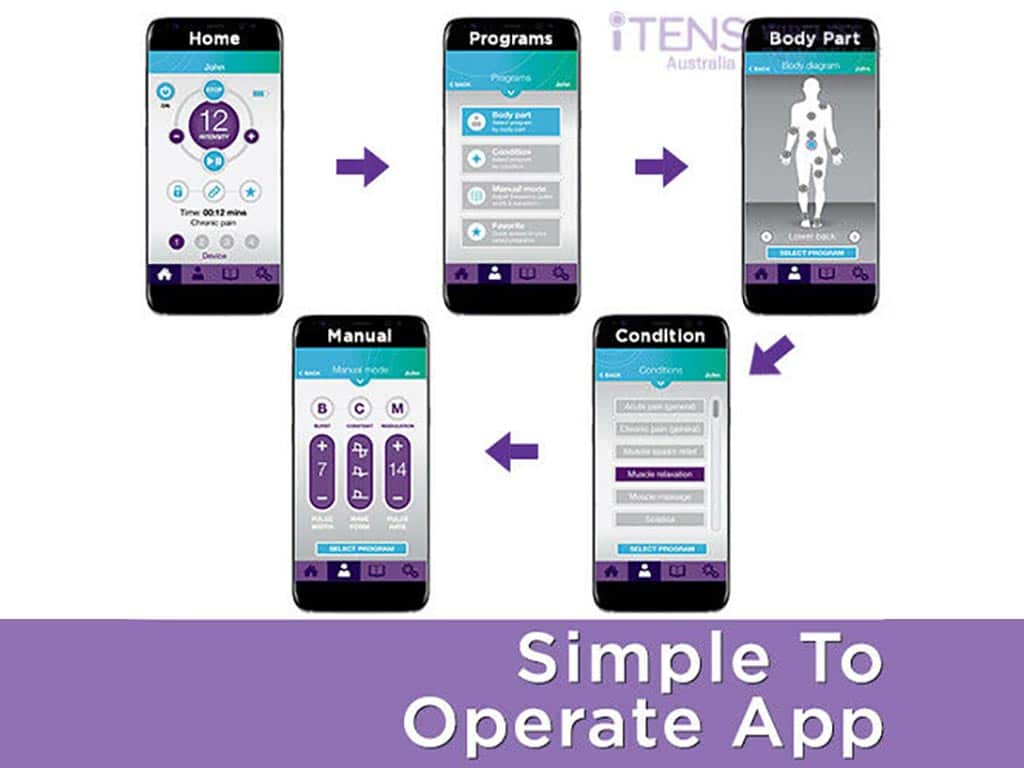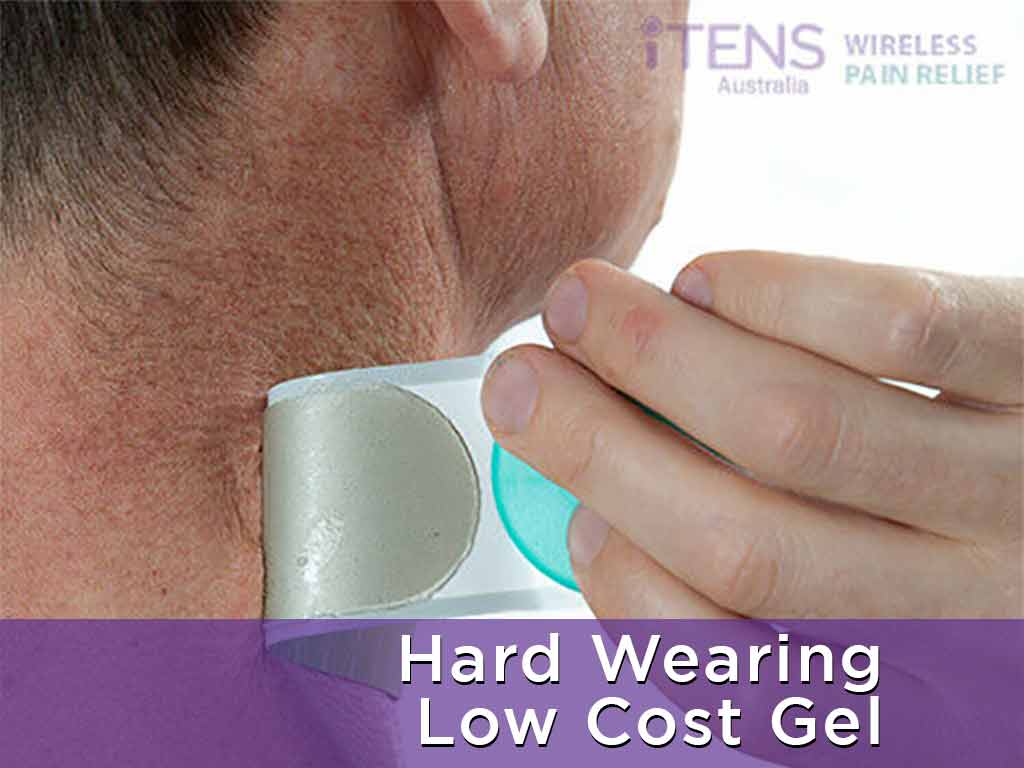
Transcutaneous Electrical Nerve Stimulation (TENS) is a non-invasive treatment option for various pain conditions. It uses mild electrical pulses to relieve pain. However, many people are curious if a TENS machine is safe for headaches like occipital neuralgia. Generally, TENS for occipital neuralgia is a safe option. It is a non-invasive treatment with users being able to control the electrical currents to their comfort level. Thus, it reduces the risk of adverse effects.
Occipital neuralgia is a type of headache that manifests sharp, shooting pain in the back of the head and scalp. Irritation or damage to the occipital nerves causes it. It runs from the base of the skull up through the scalp. This condition can be debilitating, often needing various treatments. In this article, we will explore the use of TENS for the headache condition, how it works, and how to apply the unit.
What is TENS for Occipital Neuralgia?
Occipital neuralgia can be chronic, meaning the symptoms are long-lasting. It can either be primary or secondary. Primary occipital neuralgia is idiopathic, meaning the cause is unknown, while secondary occipital neuralgia occurs because of underlying medical conditions such as cervical spine issues or trauma. Therefore, this would necessitate pain management targeting long-term efficacy and safety.
Treatments for these primary headache disorders include pain medication and surgical procedures for devices. However, implanted occipital nerve stimulators may carry a risk of complication. On the other hand, TENS for occipital neuralgia involves using a TENS unit to deliver electrical pulses to the affected area. It has a handheld pulse generator and sets of electrode pads.
The TENS machine provides an external source of electrical stimulation through pad placement on the skin. Hence, it has fewer risks than invasive procedures. Individuals can also use it as an adjunct therapy to painkillers, muscle relaxants or other forms of medical treatment. With proper use, a TENS machine can deliver relief for various types of headache pain.
Advantages of TENS Therapy
- TENS is a drug-free and non-invasive form of pain relief.
- The TENS machine can be self-administered at home.
- It has minimal side effects and risks compared to pain medications and occipital nerve stimulation.
- The TENS machine is easy to use with adjustable frequency, pulse duration, and intensity levels.
- It is ideal for long-term medical management without the risk of dependency.
- It is a cost-effective treatment option, minimising the frequency of long-term follow-ups.
- Individuals can use TENS with physical therapy and other methods.
- It can also help with other related conditions like neuropathic pain, episodic migraine, neck pain, and musculoskeletal pain.

How TENS for Occipital Neuralgia Works
TENS therapy delivers mild electrical pulses to the nerves in the affected area, in this case, the occipital nerves. These pulses help to disrupt the pain signals by blocking their transmission to the brain. Mainly, the electrical currents close the “neural gates” in which these signals pass. Hence, this closure results in reduced pain sensation.
Additionally, TENS also stimulates the production of endorphins. These are natural hormones that provide analgesic effects. They bind to opioid receptors that inhibit the nerve cells from sending pain messages to the brain. They also help enhance the mood, improving the overall well-being of the individual. This effect can be beneficial for those who have anxiety due to chronic migraine and other primary headache disorders.
Another benefit of TENS for occipital neuralgia is the reduction of inflammation. The pulses help increase blood flow. Consequently, this lessens swelling of the nerves in the occipital region. Also, this helps relax the muscles that may be causing tension and contributing to the headache pain.
Low and High Frequencies
When using a TENS machine, it is essential to understand the difference between low and high frequencies. Low-frequency TENS (2-10 Hz) produces mild soothing pulses. This level stimulates endorphins and gives gentle massage-like effects. This type of medical therapy is suitable for chronic pain conditions.
Meanwhile, high-frequency TENS (50-120 Hz) produces stronger, more rapid pulses. This level is effective for acute pain relief or severe symptoms. It helps to block pain signals temporarily, providing quick relief for headaches and other types of pain. Choosing between high and low frequencies may depend on individual pain levels and preferences.

How to Apply TENS for Occipital Neuralgia
Applying TENS for occipital neuralgia requires careful use and placement of electrode pads. At the onset of pain, attach the electrodes to the skin near the pain site. Then, turn on the TENS device and set the desired pulse duration, frequency, and intensity using the pulse generator. Professionals recommend starting with a low intensity and gradually increasing the level.
For occipital nerve stimulation, it is best to keep the frequency and intensity settings low because the area is sensitive. Keep the treatment sessions between 15 to 30 minutes to prevent overstimulation. However, individuals may use it longer after regular break intervals. It is necessary to monitor the response of the body to the therapy and adjust settings accordingly.
Moreover, some may combine TENS with physical therapy to provide more comprehensive treatment. Physical therapy can help address any underlying musculoskeletal issues that may be contributing to occipital pain. Thus, this combination can lead to better long-term outcomes. Nevertheless, consulting a pain management professional before starting any therapy is vital.
Where to Place the Pads?
Generally, the proper unit placement of TENS for occipital pain is on either side of the base of the skull, near the occipital nerves. Place one small electrode on each side of the neck, around where the pain is located. Ensure that the pads are secure and comfortable to prevent any discomfort.
Furthermore, clean the skin on the treatment area for better conductivity. In some cases, individuals may need to shave their hair on the neck area to ensure proper adhesion of the electrode pads. Equally important is avoiding sensitive areas to prevent adverse events. These include the temples and the back of the head.
Conclusion
TENS for occipital neuralgia can be an effective and non-invasive treatment option for managing pain. It uses mild electrical currents to block pain signals and release endorphins. Moreover, users can adjust the frequency and intensity settings of the TENS device to suit their comfort level. However, users should remember that electrical stimulation must not cause contractions or further discomfort. Likewise, proper pad placement is essential to ensuring safe and optimal results.
Before using TENS therapy, it is advisable to consult with a healthcare professional for guidance. When applying TENS pads, avoid placing them in sensitive areas. Also, TENS may not be suitable for some individuals, such as those with heart diseases and other significant medical conditions. Lastly, always follow the instructions of the TENS device or doctor. In case of adverse side effects, seek immediate medical attention. TENS machines are available online, like iTENS Australia.




















